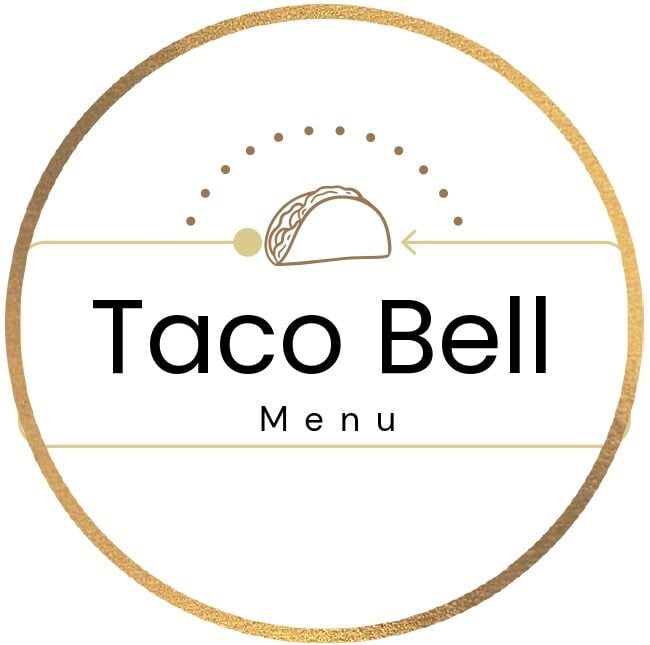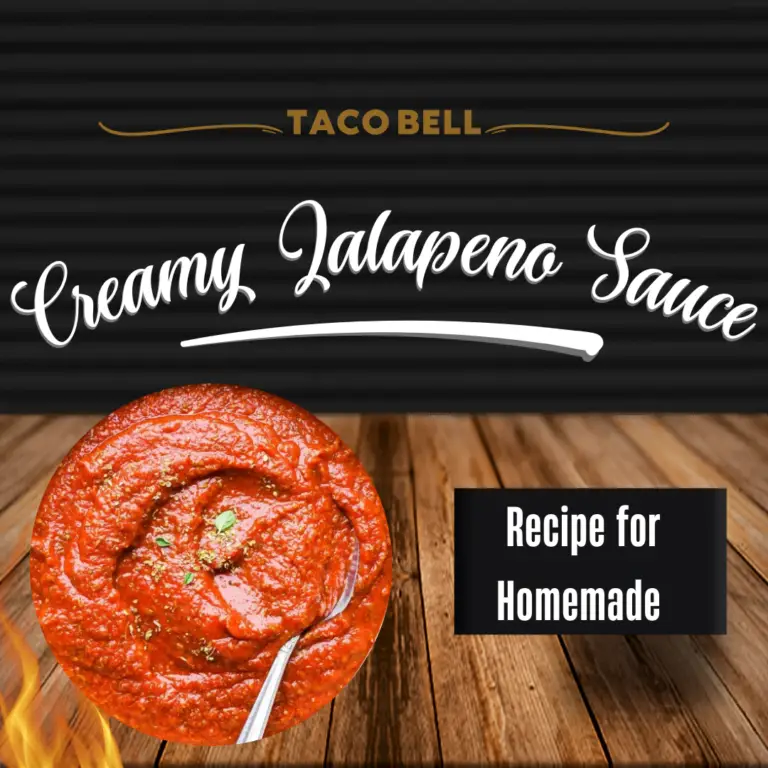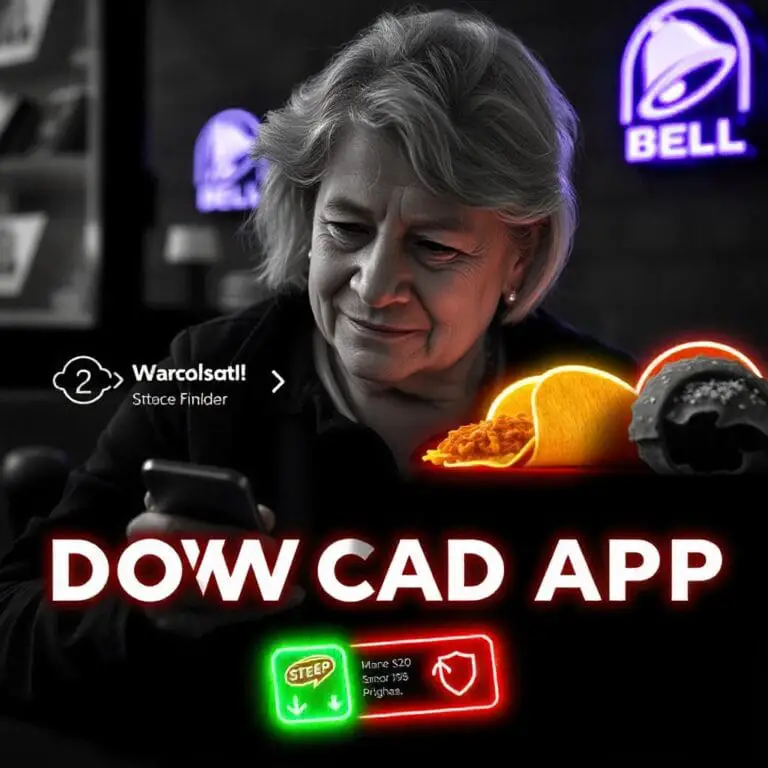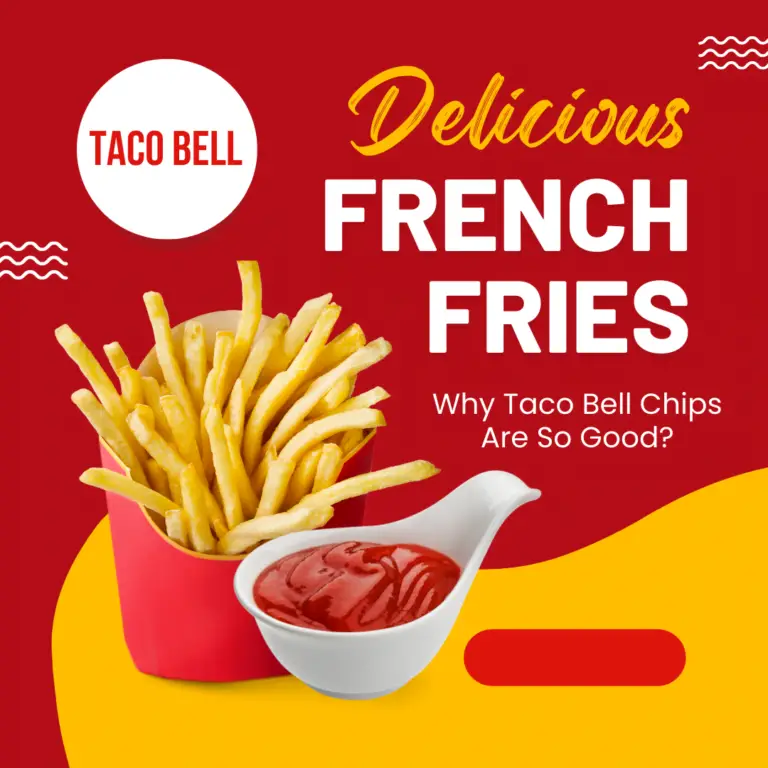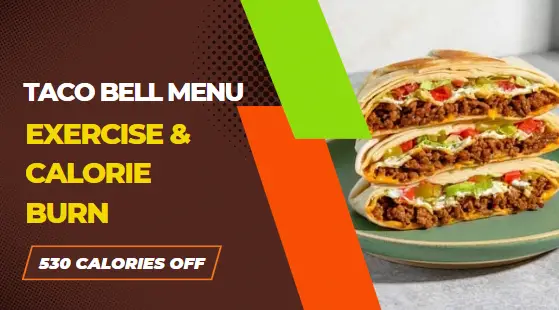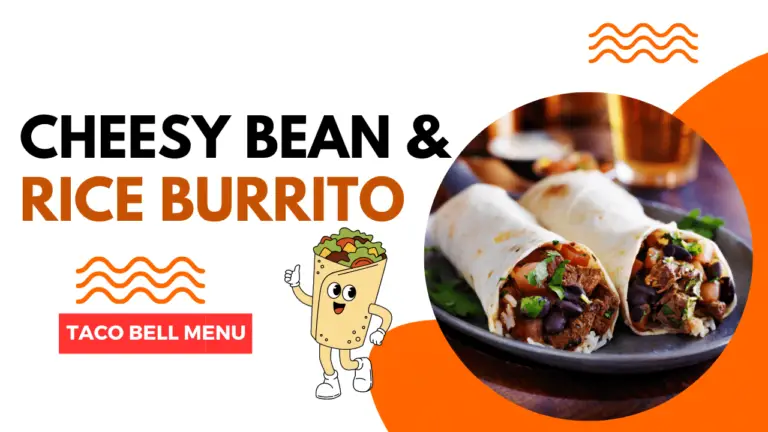Taco Bell Logo: Amazing History 1962 to 2024
Taco Bell Logo
When you think of Taco Bell, it’s likely chances are, their iconic logo pops into your head instantly. The Taco Bell logo represents more than a mere design; it embodies enjoyment, taste, and inventiveness. This logo has become a crucial element of their brand persona, evolving in tandem with the company itself. From its modest start in the 1960s to its current streamlined, minimalist aesthetic, the Taco Bell logo has undergone multiple changes. Let’s take an in-depth look at the intriguing history of the Taco Bell logo, exploring each redesign along with the motivations behind these shifts.
We will also consider why certain features, such as the bell icon and vibrant color palette, have become defining characteristics of the brand’s identity.
The Creation of Taco Bell’s Logo
Taco Bell was established in 1962 by Glen Bell, which marked the introduction of its first logo. In the initial phase, the logo was lively and deeply influenced by Mexican culture, mirroring the brand’s essence. While the menu drew inspiration from traditional Mexican dishes, the logo did not yet feature the famous bell. Instead, the original design included a sombrero, reflecting the authentic Mexican heritage of the food being served.
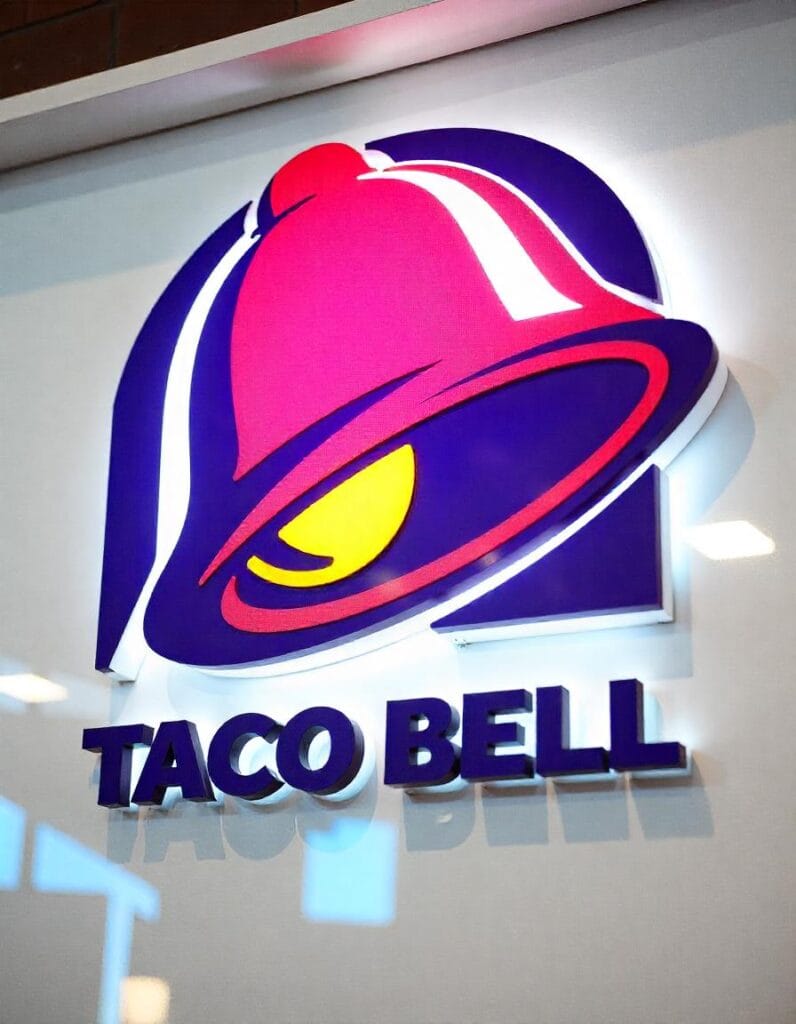
Original 1962 Taco Bell Logo Features
| Feature | Description |
|---|---|
| Icon | Sombrero (hat) |
| Cultural Reference | Mexican-inspired theme |
| Color Palette | Bright, playful colors |
| Typography | Fun, casual fonts |
Key Insights from the Initial Logo
- The sombrero represented Mexican heritage and contributed a sense of enjoyment.
- Vibrant colors and cheerful fonts infused the logo with a dynamic and inviting atmosphere.
- The design showcased the brand’s persona as a relaxed and friendly fast-food establishment.
The 1970s: Revamping the Brand
During the 1970s, Taco Bell underwent its first major logo overhaul. This era marked the debut of the iconic bell symbol, a clever nod to the founder’s surname, “Bell.” The sombrero was eliminated, making way for a bell-shaped icon that became the design’s centerpiece. This transformation was crucial for the brand’s visual identity, helping Taco Bell stand out from its competitors in the fast-food landscape.
The logo of this time felt considerably more contemporary than the earlier version. The bold typefaces and fresh icon provided a sleeker and more polished look. The bell itself came to symbolize celebration, akin to the joyful announcement of something noteworthy.

Key Characteristics of the 1970s Logo
- Bell Symbol: The bell emerged as the key element of the logo.
- Font: Bold, chunky typography replaced the more casual styles of the 1960s.
- Tone: Transitioned from playful to a more polished and contemporary vibe.
- Identity: Laid the groundwork for Taco Bell to be seen as a more reputable fast-food brand.
1970s Taco Bell Logo Revamp
| Design Element | Change Introduced |
|---|---|
| Icon | Introduced the bell symbol |
| Typography | Bold and modern fonts |
| Color Palette | Simplified but retained bright hues |
| Cultural Influence | Reduced emphasis on traditional Mexican themes |
1985: Adopting Vibrant Colors
The 1980s marked a period of growth and development for Taco Bell, and the logo mirrored this evolution. In 1985, Taco Bell unveiled a new logo featuring striking, vibrant colors aimed at attracting attention. The reds, oranges, and yellows were selected to excite the appetite and evoke feelings of enthusiasm and warmth.
During this era, the bell symbol gained prominence, enhanced by shading and 3D effects that made it visually pop. The logo’s lively colors corresponded with the brand’s broadened menu and growing market presence.
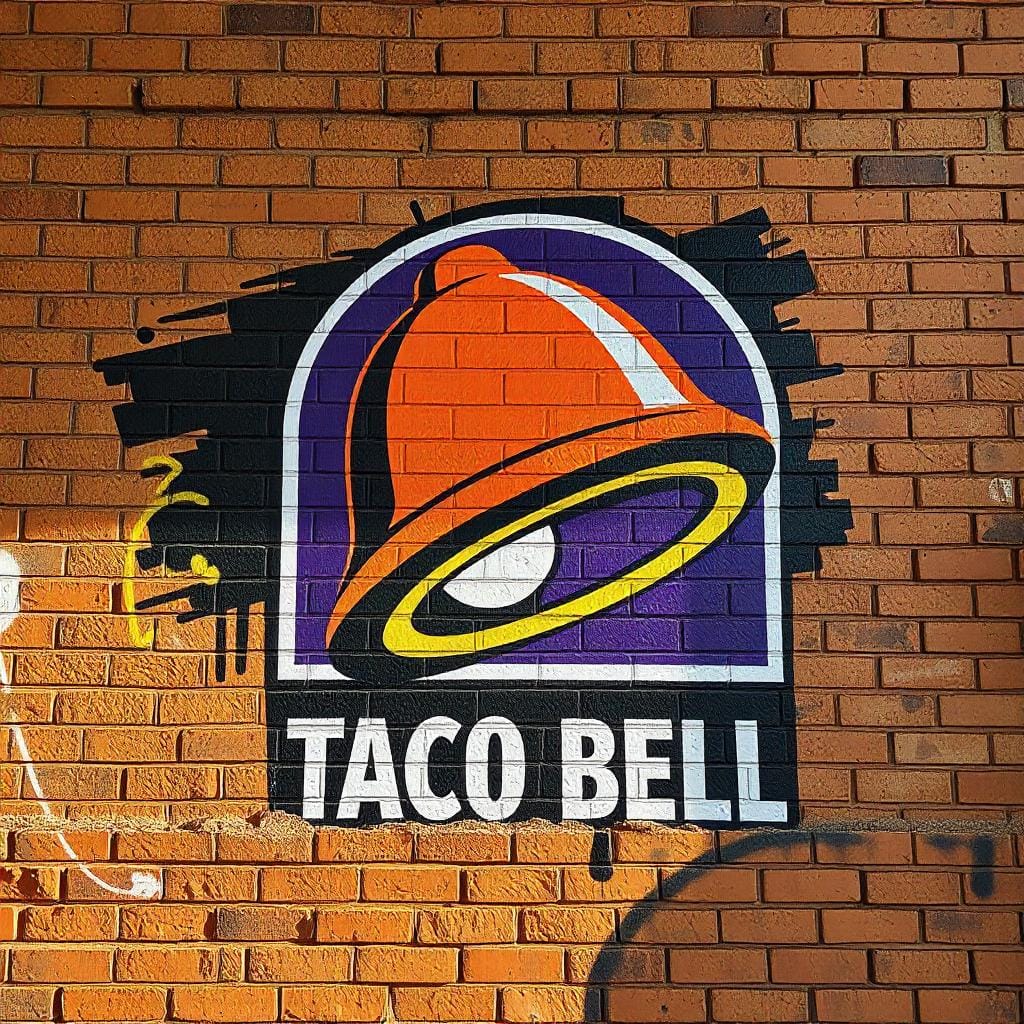
Key Features of the 1985 Logo
- 3D Effects: Introduced depth to the bell, enhancing its visibility.
- Colors: Utilized reds, oranges, and yellows to express energy and warmth.
- Fonts: Further streamlined to achieve a sleek and modern look.
1985 Taco Bell Logo Color Psychology
| Color | Meaning | Purpose in Branding |
|---|---|---|
| Red | Appetite, passion | Stimulate hunger and excitement |
| Orange | Warmth, friendliness | Create an inviting atmosphere |
| Yellow | Happiness, energy | Evoke feelings of joy and fun |
1992: The Power of Purple
By 1992, Taco Bell was poised for another significant transformation. The 1990s brought a wave of innovative and vibrant brand identities across various sectors, and Taco Bell embraced this trend. This redesign featured the iconic purple hue that continues to be a key element of the brand’s visual representation.

Purple is not a typical color seen in the fast-food sector, which enabled Taco Bell to differentiate itself from its rivals. This color is commonly linked to creativity, originality, and distinctiveness—attributes that Taco Bell aimed to emphasize as it evolved into a more daring and youthful brand.
Logo Design
The overall logo design was simplified once more, highlighting the bell and the lively purple as the primary color, complemented by yellow and pink details. This fresh appearance also contributed to modernizing Taco Bell’s image, making it more appealing to its younger demographic.
1992 Taco Bell Logo Color Scheme and Meaning
| Color | Emotion Evoked | Why It Was Chosen |
|---|---|---|
| Purple | Creativity, uniqueness | To stand out from fast-food competitors |
| Pink | Playfulness, energy | Adds a youthful, fun vibe |
| Yellow | Happiness, optimism | Keeps the brand inviting and warm |
1995: Minimalism and Streamlining
The 1990s witnessed minimalism emerge as a prevailing trend, and Taco Bell’s logo redesign in 1995 exemplified this movement. The bell icon was refined, eliminating extraneous details to achieve a more polished and streamlined look. The typography was also refreshed to align with the simplified aesthetic, utilizing modern sans-serif fonts that enhanced readability.
This emphasis on minimalism served both aesthetic and practical purposes. The refined bell and typography made the logo versatile for various applications, whether on signage or product packaging. This period marked Taco Bell’s increasing stature as a fast-food leader, with a logo that reflected the company’s broader and more global aspirations.
Minimalism in the 1995 Taco Bell Logo
| Element | Change Introduced |
|---|---|
| Bell Icon | Simplified with cleaner lines |
| Typography | Modern sans-serif fonts |
| Color Palette | Focused more on purple, pink, and yellow |
| Overall Design | More streamlined and adaptable |
2000s: Adapting to the Digital Age
As the world transitioned into the digital age, Taco Bell acknowledged the necessity of altering its logo for online and mobile environments. While the 1990s logo largely remained intact, Taco Bell implemented subtle modifications to ensure its effectiveness in the digital realm. The sleek bell icon and vibrant colors made the logo visually striking on computer and smartphone displays.
Furthermore, Taco Bell’s expanding social media footprint required the logo to be flexible enough for various formats, ranging from website banners to app icons. The brand’s innovative mindset allowed it to flourish in a progressively digital marketplace.
Taco Bell’s Logo Adaptation for Digital Platforms
- Versatile Design: Suitable for websites, apps, and social media.
- Color Contrast: Bright hues, such as purple and yellow, were eye-catching on screens.
- Clean Lines: Simplified design was effective on smaller digital icons.
2016: The Sleek Modern Era
In 2016, Taco Bell embraced a bold shift towards a more minimalist and contemporary design. This redesign mirrored the brand’s journey into a global fast-food giant. The bell icon remained central, but the design was further refined for enhanced adaptability. The 2016 iteration replaced the vibrant, bold colors with a subdued purple, allowing for greater customization based on location or product.
Flexibility as a Priority
This new logo was designed with flexibility as a priority. Taco Bell sought a design that could be easily adapted for special occasions or regional markets while preserving the fundamental aspects of the brand’s identity. The outcome was a sleek, modern logo that resonated with a worldwide audience while honoring Taco Bell’s spirited and creative origins.
2016 Taco Bell Logo Features
| Feature | Description |
|---|---|
| Bell Icon | Simplified further with clean lines |
| Colors | Muted purple, allowing for flexibility |
| Fonts | Modern, minimalist sans-serif |
| Customization | Adaptable for special editions and locations |
Key Design Features of the Taco Bell Logo
Over the, the Taco Bell has consistently incorporated several important design features that reflect the brand’s:
- Bell Icon: The focal point of the logo, signifying the founder’s name anding a sense of joy.
- Color Palette: Vibrant and lively colors that suggest excitement and energy, particularly the purple shade that was introduced in the 1990s.
- Typography: Contemporary, sans-serif typefaces that convey the brand’s simplicity and versatility.
| Element | Description |
|---|---|
| Bell Icon | Represents celebration and honors the founder’s name. |
| Color Palette | Features bright colors that evoke positive emotions. |
| Typography | Utilizes modern fonts that reflect adaptability and clarity. |
Cultural Significance of the Taco Bell Logo
The Taco Bell logo serves as more than a simple brand mark; it has evolved into a cultural symbol. Its distinct bell, striking colors, and playful design make it easily recognizable not only in the U.S. but also worldwide. This logo signifies Taco Bell’s role as a pioneer in the fast-food sector, celebrated for its innovative approach, bold flavors, and a dynamic menu.

Conclusion of the Taco Bell Logo
The Taco Bell logo has significantly transformed since its initial design in the 1960s. Transitioning from a fun and colorful aesthetic to a more sleek and modern appearance, each redesign represents the brand’s progression and development. The bell and the signature purple hue have become emblematic of Taco Bell’s lively, youthful, and inventive character. As Taco Bell continues to grow on a global scale, its logo remains vital in engaging audiences worldwide, capturing the brand’s essence while embracing new trends and technology.
The conclusion of the Taco Bell logo is not merely about visuals; it narrates the story of a brand that continually seeks to innovate and stay ahead of its competitors. Who knows? The next step in the Taco Bell logo’s journey may be just on the horizon.
